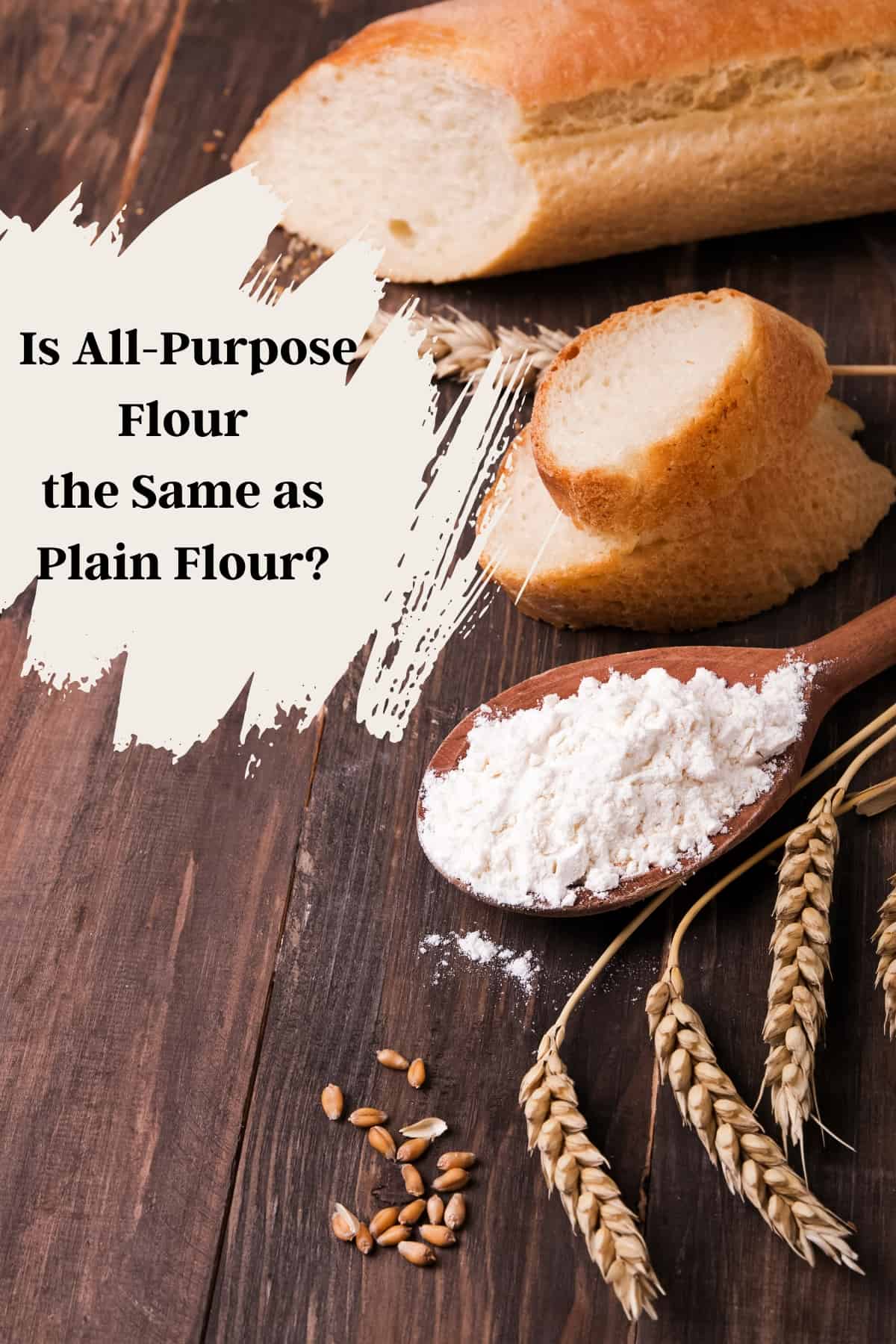Is All-Purpose Flour the Same as Plain Flour? A Comprehensive Guide for Parents
Hey there, super-parents! Are you ready to dive into the world of flours? Whether you’re an avid baker or a beginner looking to whip up some homemade goodies with your little ones, understanding your flour basics is key. In this guide, we’re going to sift through the nitty-gritty of flour types and answer a question many of us have pondered in the baking aisle: is all-purpose flour the same as plain flour? Let’s find out and get you on your way to baking heaven!
Understanding Flour Basics
Flour is the foundation of so many recipes that bring joy to our families, from fluffy pancakes on a Sunday morning to the cookies we bake for a school event. But with so many types on the shelves, it can be a tad overwhelming. Essentially, flour is milled grains, and it’s the type of grain and the level of processing that defines each flour.
All-purpose flour and plain flour are indeed very similar—both are wheat flours with a moderate protein content, making them incredibly versatile. They are both jack-of-all-trades in the kitchen and can be used in a plethora of recipes.
All-Purpose Flour vs. Plain Flour: The Breakdown
In essence, all-purpose flour and plain flour refer to the same product with the same functionality. The major difference lies in terminology; it’s all about the geography. In the United States, it’s commonly labeled as all-purpose flour, while in the United Kingdom and other Commonwealth countries, it’s known as plain flour. But before you think it’s just a straightforward name swap, there are subtle differences that might affect your baking.
Protein Content Matters
The protein content in flour affects gluten formation, and thus, the texture of your baked goodies. All-purpose flour typically contains a protein content around 9-11%, which is a happy medium that’s suitable for most baking needs. Plain flour generally falls within this range as well, but it’s always a good thing to check the packaging for the exact numbers, especially when you’re aiming for perfection in the kitchen.
Consistency in Baking
The consistency of flour can differ slightly depending on the brand and where it’s milled. Some might be a bit grainier, while others are finer. This can affect the moisture and structure of your recipes. However, for the vast majority of your home baking, the difference is quite negligible, and you’ll achieve delectable results with either flour.
Baking It Right: Tips for Parents
Now that we’ve kneaded through the details, here are some baking tips to keep your apron twirling and your oven mitts warm:
- Measuring Mastery: One cup of improperly measured flour can be the difference between a baking triumph and a crumbly catastrophe. Always spoon your flour into the measuring cup and level it off with a knife for the best accuracy.
- Storing Secrets: Flour has a longer shelf life than you might think! Store it in a cool, dry place in an airtight container, and it will be your loyal companion in many baking adventures.
- Gluten-Free Goals: If you or your little ones have dietary restrictions, fear not! There are many gluten-free flour blends that mimic all-purpose or plain flour for most recipes. Just be sure to look for xanthan gum in the mix, or add it separately, to help give structure to your baked treats.
Harnessing the power of the right flour is your first step to becoming a kitchen superhero. Not only does it make your baked goods delicious, but it’s also a splendid way to bond with your children and teach them a dash of kitchen science along the way.
Stay tuned as we whisk further into the differences between self-rising flour and cake flour, and unravel the many layers of whole wheat versus white flour. Because understanding your ingredients is just as important as the love you pour into those mixing bowls.
Remember, in the cozy nook of your kitchen, with flour on your nose and a smile on your face, every recipe is a story waiting to be told. Now, let’s turn the page and bake some memories that will last a lifetime!

5 Things Parents Should Know When Preparing to Use All-Purpose or Plain Flour
1. Know Your Substitutes
If you find yourself staring at an empty shelf where your go-to all-purpose or plain flour should be, don’t fret! You can sometimes substitute it with bread flour or pastry flour in a pinch. Bread flour has a higher protein content, so it’s great for yeast breads, while pastry flour is lower in protein, perfect for pie crusts and tarts. Knowing these substitutes can save the day when you’re in the middle of a baking bonanza with the kiddos.
2. Be Aware of Bleached vs. Unbleached
All-purpose and plain flours come in bleached and unbleached varieties. The bleaching process makes the flour whiter and alters its texture, but both types can generally be used interchangeably. Unbleached flour, however, is considered more natural and may be the preferred choice for parents looking for less processed options.
3. Whole Grain Alternatives
For a healthier twist, you might want to introduce whole grain flours into your baking. Whole wheat flour, for instance, is an excellent source of fiber and nutrients. It’s denser and has a nuttier flavor, so for light and fluffy cakes or pastries, you might want to mix it with all-purpose or plain flour instead of using it exclusively.
4. Sifting Is Not a Thing of the Past
Sifting flour isn’t just an old-fashioned technique; it can significantly affect the outcome of your baked goods. Sifting helps to aerate the flour, remove lumps, and mix it more evenly with other dry ingredients. Involve your kids in the process—it’s a fun step that can make a significant difference!
5. Embrace Messes and Mistakes
Baking is a learning experience, both for you and your kids. If a recipe doesn’t turn out as expected, use it as a teaching moment. Discuss what might have gone wrong and how you can fix it next time. A positive attitude towards mistakes makes baking educational and joyful, and it’s all part of the flavorful journey of parenting and baking.
Understanding the nuances of all-purpose and plain flour is just the beginning of your family’s baking escapades. As we’ve explored, they are essentially the same, with a few small differences that are mostly regional. The underlining fact is that they are both incredibly adaptable and forgiving, making them excellent choices for a variety of recipes. From cookies to cakes, to bread and beyond, these flours can do it all.
So, don your chef’s hats and gather the troops! It’s time to measure, mix, and make memories with every sprinkle of flour. Happy baking, everyone!
For more great articles please see here. For more information see here
Disclaimer
The articles available via our website provide general information only and we strongly urge readers to exercise caution and conduct their own thorough research and fact-checking. The information presented should not be taken as absolute truth, and, to the maximum extent permitted by law, we will not be held liable for any inaccuracies or errors in the content. It is essential for individuals to independently verify and validate the information before making any decisions or taking any actions based on the articles.




